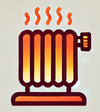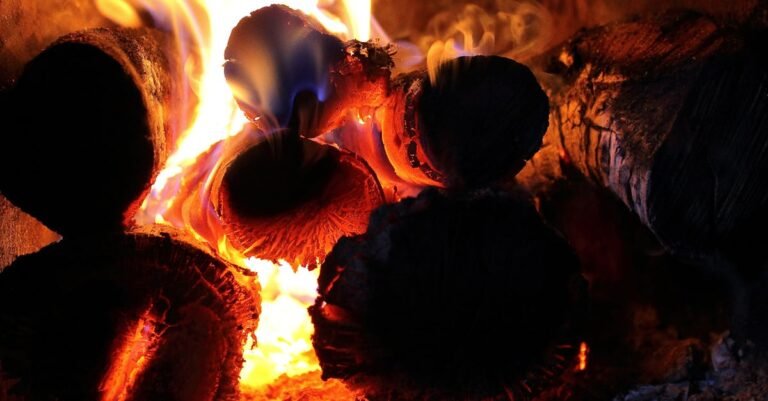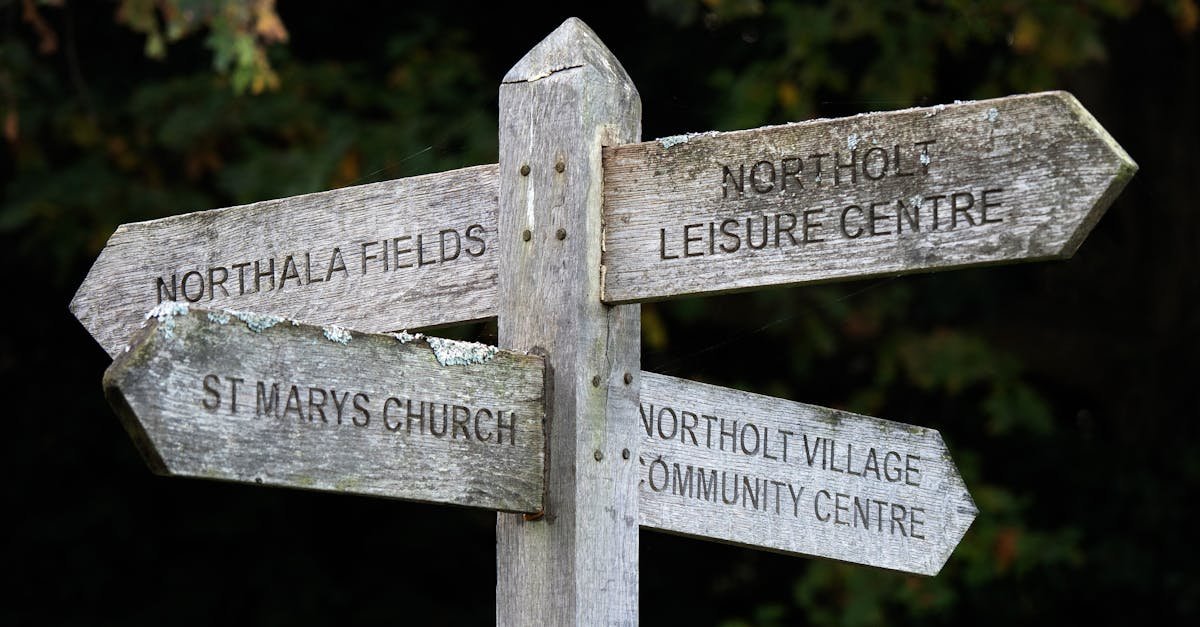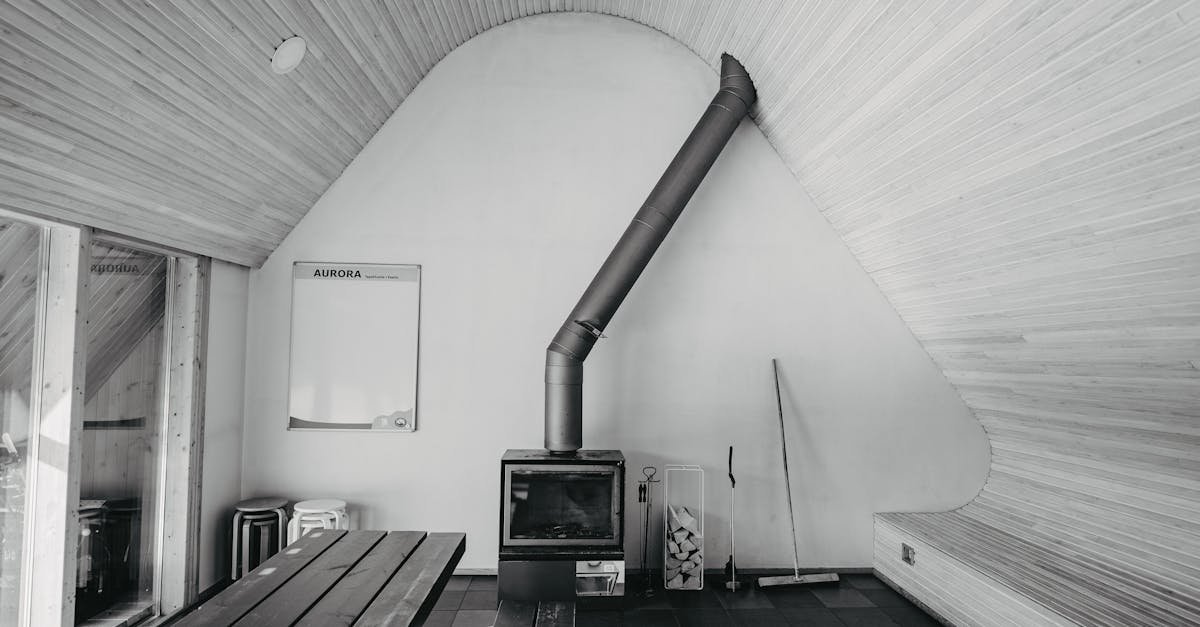Heater safety standards are crucial for ensuring your home stays warm without compromising safety. These standards encompass guidelines that manufacturers must follow to minimize risks like fires and carbon monoxide poisoning. Compliance with these regulations means your heater has undergone rigorous testing to protect you and your family.
Understanding these standards can help you make informed decisions when purchasing or using heating equipment. By prioritizing safety, you not only enhance your comfort but also safeguard your loved ones from potential hazards.
Overview of Heater Safety Standards
Heater safety standards protect you from risks like fires and carbon monoxide poisoning. Adhering to these guidelines makes your home safer during colder months. Manufacturers design heaters with specific considerations to minimize hazards.
Placement and Distance from Combustibles
Maintain a safe distance between heaters and combustibles. Keep space heaters at least 3 feet away from materials like drapes, furniture, and bedding. This distance helps prevent fires by minimizing potential ignition sources.
Electrical Safety
Ensure electrical safety with correct usage. Plug electric space heaters directly into a wall outlet. Avoid using extension cords or power strips, as these can overload circuits and spark fires.
Inspect the heater’s cord regularly. Look for frayed wires or damaged insulation. If you notice any damage, stop using the heater immediately to avoid electrical hazards.
Place heaters on flat, level surfaces. Avoid using them on furniture, as they may fall and get damaged. Keeping heaters stable reduces the risk of accidents, enhancing safety in your home.
Importance of Compliance
Compliance with heater safety standards plays a vital role in protecting lives and property from space heater hazards. You can significantly reduce risks like fires and carbon monoxide poisoning by adhering to these standards.
Protecting Lives and Property
Space heaters cause about 1,700 home fires each year, resulting in 80 deaths and numerous injuries in the United States. These statistics highlight the need for following safety guidelines closely. Keeping space heaters at least 3 feet away from combustible materials, including furniture, bedding, and curtains, is crucial in preventing fires. Proper use of heaters can help avoid burns and dangerous situations.
Legal Requirements
Space heaters must receive certification from a Nationally Recognized Testing Laboratory (NRTL). This includes entities like Underwriters Laboratory (UL), Canadian Standards Association (CSA), and Intertek (ETL). Compliance with these certifications ensures that heaters meet specific safety standards. Rely on these labels when choosing a heater to guarantee it has undergone thorough testing for safety. You can make informed choices by understanding these requirements, keeping your home safer and more comfortable.
Types of Heater Safety Standards
Heater safety standards play a crucial role in protecting consumers from potential dangers. Various regulations ensure that heaters meet specific safety requirements.
National Standards
Nationally Recognized Testing Laboratories (NRTLs) certify space heaters in the United States. Organizations such as Underwriters Laboratories (UL), Canadian Standards Association (CSA), and Intertek (ETL) provide this certification. These certifications confirm that heaters comply with safety requirements for construction and performance. The ANSI/UL 1278 standard specifically governs portable electric heaters. It evaluates safety features through tests related to overheating, tip-over, and drapery exposure.
Heaters must also include automatic safety features. These include:
- Overheating Sensors: Shut off the heater if it reaches unsafe temperatures.
- Tip-over Switches: Automatically turn off the heater when it falls.
- Low Oxygen Sensors: Detect insufficient oxygen levels and shut down fuel-burning heaters.
- Touch Sensors: Prevent burns by turning off the heater when touched during operation.
International Standards
International safety standards complement national rules. Organizations like the International Electrotechnical Commission (IEC) set global standards for electrical appliances. These standards ensure heaters from different countries meet consistent safety criteria. Compliance with international standards supports safer heating equipment worldwide.
Common Safety Features in Heaters
Heater safety features play a vital role in ensuring safe use. Recognizing these features helps you choose safer heating options.
Overheat Protection
Overheat protection is a crucial safety feature. It uses a thermostatic control or smart sensor to monitor temperature. If the heater gets too hot, it shuts off automatically. This feature prevents fires and electrical hazards, significantly reducing the risk of accidents. When reviewing heaters, ensure this feature is present.
Automatic Shutoff
Automatic shutoff, often called a tip-over switch, is essential for safety. If the heater tips over, this feature turns it off instantly. This dramatically lowers the chance of fires and other dangerous situations. Many safety standards require heaters to include this feature, making it critical for your heating equipment. Check for this function when selecting portable heaters.
Best Practices for Heater Safety
Heater safety is crucial for preventing accidents at home. Following these best practices can help ensure your space heaters operate safely and effectively.
Regular Maintenance
Regular maintenance is essential for safe heater operation. Clean the heater often to remove dust and debris. Dust accumulation can cause overheating. Inspect the cord for damage routinely. If you notice fraying or wear, replace it immediately. Annual professional inspections can catch potential issues early. Tests of all safety features ensure they’re working correctly.
Proper Installation
Proper installation of space heaters prevents fires and accidents. Keep heaters at least 3 feet away from combustible materials like furniture or curtains. Place heaters on flat, stable surfaces. Avoid putting them on furniture or carpets. Plug heaters directly into wall outlets. Don’t use extension cords or power strips; these can lead to overheating. Double-check that the plug fits snugly into the outlet. Proper installation reduces tripping hazards and enhances overall safety.
Conclusion
Prioritizing heater safety standards is essential for protecting your home and loved ones. By choosing heaters that comply with recognized safety certifications and incorporating automatic safety features, you significantly reduce the risk of accidents. Regular maintenance and proper usage practices further enhance safety, ensuring your heating system operates effectively without hazards.
Staying informed about heater safety guidelines not only keeps your space warm but also creates a secure environment for you and your family. Make safety a priority this winter and enjoy peace of mind while staying cozy.








